The tire program identification (TPID) number is a unique identification number assigned by CalRecycle to each participant in the waste tire manifest program and identifies generators, haulers, and end-use facilities. The TPID number is used to track each participant’s activity in waste tire manifest transactions and to identify specific locations where waste tires are generated or delivered/disposed. The TPID numbers are issued by CalRecycle at no cost. Haulers receive their number when registering with CalRecycle. See hauler information.
Each business or public entity involved in the generation, hauling, and delivery or disposal of waste tires. All participants in the Waste Tire Manifest Program must have a TPID. The following types of participants are included in the Waste Tire Manifest System:
CalRecycle has issued TPID Numbers to known participants. Use the TPID Search to find an existing TPID for a business. If you are a business or government agency that generates, stores, or delivers/disposes waste tires and have not received a Tire Program ID, you need to obtain a TPID by doing one of the following:

The TPID is required on the comprehensive trip log form for each business transaction with a hauler. Your TPID number must be entered on the comprehensive trip log receipt. This number is the primary way CalRecycle knows your business and identifies the specific location where the waste tires are generated or delivered/disposed.
CalRecycle will be scanning all comprehensive trip log forms for business and government agency address information for waste tire pick ups and deliveries. Addresses not matching the TPID numbers will be flagged for follow up by CalRecycleB staff to obtain this additional site information.
The TPID number is also the means by which participants can access their online business accounts within the waste tire management system database. CalRecycle has established secure online business accounts for each participating business or government agency. By accessing their business accounts, participants will be able to view the comprehensive trip log forms that have been submitted to CalRecycle.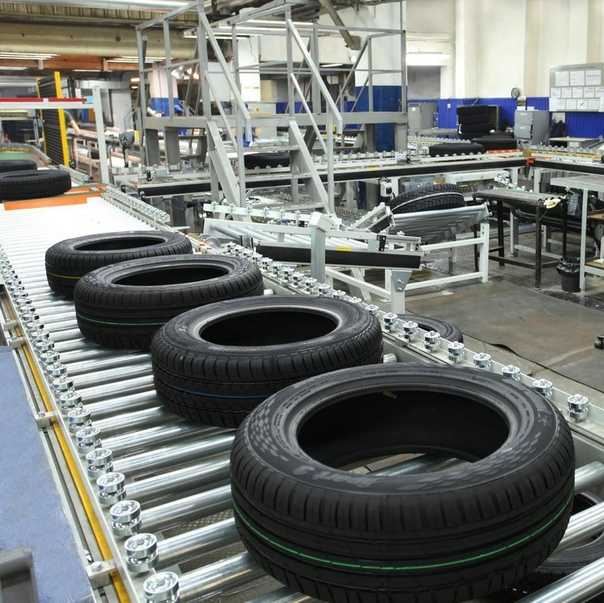
Each business or government agency assigned a TPID will have a secure, online business account established for them that will allow accessibility via the CalRecycle Web site. The business account will enable them to view information on all submitted comprehensive trip log forms as well as scanned images of the forms.
The on-line business account will only show data for a specific business or government agency. In addition, generators will also be able to view general trip information indicating that the waste tire hauler has delivered or disposed the waste tires from your pick up to an authorized or permitted waste tire site.
The TPID number is the key information needed for this on-line business account. To access your business account, you must enter your TPID number and a password (selected by you). Only those individuals with whom you share your TPID/password will have access to your business account.
For more information on obtaining your TPID number or if you have any other questions regarding the waste tire manifest system, see the contact information for the Waste Tire Manifest Program.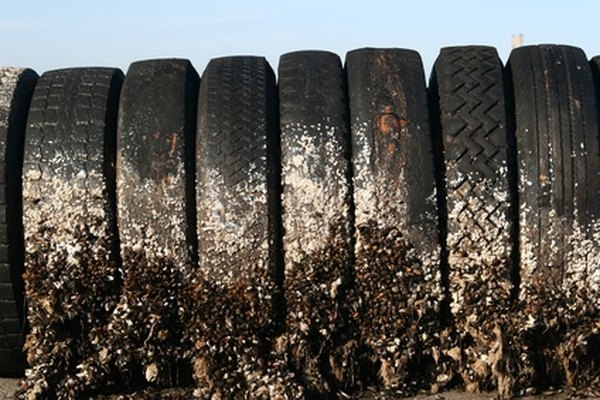
Manifest Program Home
Potential fires and vector harborage associated with improperly stored waste tires throughout the state prompted California Legislators to create a regulatory program to ensure the proper storage of waste tires. CalRecycle is charged with the task of implementing those tire laws and reducing the threat waste tires pose to public health and safety and the environment. Current laws and regulations require people who store, stockpile, accumulate, or discard waste tires to comply with tire storage and disposal standards and to obtain a waste tire facility permit or exclusion.
CalRecycle’s tire program includes standards and permit requirements for waste tire facilities as well as enforcement actions against illegal tire facilities.
Facilities That Can Accept Waste Tires. List of locations that can legally accept waste tires.
Tire Fires. Although permitted tire sites are required to maintain water supplies, firefighting equipment, and fire lanes, as well as limit the size of their tire piles, tire fires can still occur. Illegal dumping sites are an even bigger problem, since they don’t comply with State regulations and, by their nature, are not monitored.
Illegal dumping sites are an even bigger problem, since they don’t comply with State regulations and, by their nature, are not monitored.
Facility Permitting. Persons who store or stockpile more than 500 waste tires at a specific location may be required to acquire a major or minor waste tire facility (WTF) permit and comply with technical standards for the safe storage of waste tires unless they qualify to be excluded or exempt from the permitting requirements.
Excluded and Exempt Facilities. NEW: Facility types that are considered either excluded or exempt from waste tire facility permitting requirements are required to notify CalRecycle and comply with the technical standards for the safe storage of waste tires.
Enforcement. CalRecycle tire enforcement staff, and local tire enforcement agencies inspect and investigate waste and used tire generators, end use facilities, and haulers that pose a threat to the public health, safety, or the environment. Staff may initiate enforcement actions if violations are found.
Staff may initiate enforcement actions if violations are found.
Facility Profiles. Search for detailed information about a specific tire facility.
CalRecycle is responsible for investigating complaints regarding tire haulers or storage/facilities. If you think you have a valid complaint, e-mail us at [email protected]. Include the following information and attach any evidence that you may have.
Please include your contact information in the E-mail, should CalRecycle staff have any further questions regarding the nature of the complaint. CalRecycle will ensure that you remain anonymous.
Nearly 76% of tires in the US have been recycled into products such as rubber-modified asphalt, automotive products, and landscaping.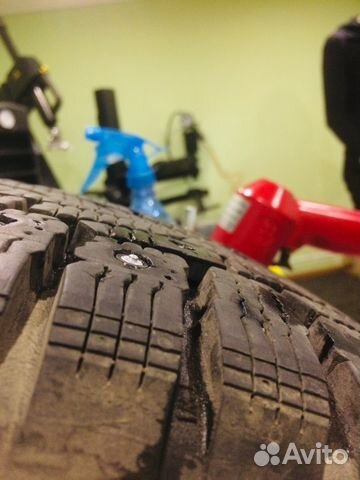 mulching, according to the U.S. Tire Management Association 2019 Report. This is below 96% in 2013.
mulching, according to the U.S. Tire Management Association 2019 Report. This is below 96% in 2013.
Approximately 56 million scrap tires remain in US warehouses, especially in states such as Arizona, Colorado, Michigan, New Jersey, New Mexico, Texas, Virginia and Washington. New Jersey, New Mexico, Texas, and Virginia do not have active stockpile cleanup programs.
In contrast, the Canadian Tire Recycling Association reported a leakage rate of 111% in 2018 and an eight-year average of 104% as the industry operates with available inventory.
Canada 2019 totals are scheduled to be released in the coming weeks.
“Three decades after we successfully eliminated 94% of the more than 1 billion scrap tires stockpiled in the (USA), this report shows that efforts to find and develop new uses for scrap tires have stalled,” said Ann Forristall Luke, President and CEO of the United States Tire Management Association (USTMA).
Canadian jurisdictions collected 439,509 tons of tires in 2018 and recycled 461,434 tons in total.
“Canada has been approaching 100% for several years now,” says Glenn Maidment, President and CEO of the Canadian Tire and Rubber Association, referring to the country's recycling efforts.
"Every province has an organization that is ultimately responsible for ensuring that their scrap tires are collected and used."
Canada's primary markets for recycled rubber are sports flooring, molded goods and rubberized asphalt. But most of the crumb rubber he says used for rubberized asphalt is exported to the US.
"If I had one wish, it would be for the Canadian provinces to take a closer look at this, using it as material, because it's really a virtuous circle in terms of creating a circular economy."
Meanwhile, USTMA encourages states to focus tire recycling funds on reuse, recycling and cleaning programs; national portal for interstate data exchange; and increased use of rubber-modified asphalt and stormwater infiltration galleries.
Massive tire fire in Hagersville, Ontario. 30 years ago there was an increased focus on used tires in Canada.
“Millions of tires burned out within 17 days, evacuating nearby residents and polluting the environment,” writes CATA Chairman Brett Eckstein in the organization's 2019 annual report.
"With numerous large stocks of end-of-life tires across the country, provincial governments have recognized the growing public demand for a more sustainable use of tires in the environment."
Original URL: https://www.trucknews.com/transportation/canadian-tire-recycling-programs-outpace-u-s/1003145568/
In 2018, more than 95 million new cars were produced in the world, which is about 380 million new tires. The annual dynamic growth of the vehicle fleet leads to a constant accumulation of worn out tires, the service life of which is relatively short. According to GOST, the average life of rubber is 7-10 years, but given the condition of the roads, tire wear resistance is reduced. In fact, car owners change tires every 3-4 years. +1GOROD (Useful City) decided to find out if the problem of accumulating car tires is really so global.
According to GOST, the average life of rubber is 7-10 years, but given the condition of the roads, tire wear resistance is reduced. In fact, car owners change tires every 3-4 years. +1GOROD (Useful City) decided to find out if the problem of accumulating car tires is really so global.
Photo: Unsplash / "My Life Through A Lens"
In Russia, car tires cannot be thrown into trash cans, as they are not municipal solid waste. The motorist is obliged to independently hand over the tires for recycling by special organizations. It is easier to do this through tire fitting, but the car service must have an agreement to work with such types of waste. And for the most part, tire shops accept used tires only for money, and car owners are not ready to "pay for garbage". So tires are accumulated where necessary: in the private sector, in car fleets, at industrial enterprises, near tire shops, on the landings of residential buildings.
According to the Tire Research Institute, about 1 million tons of tires go out of service every year in Russia.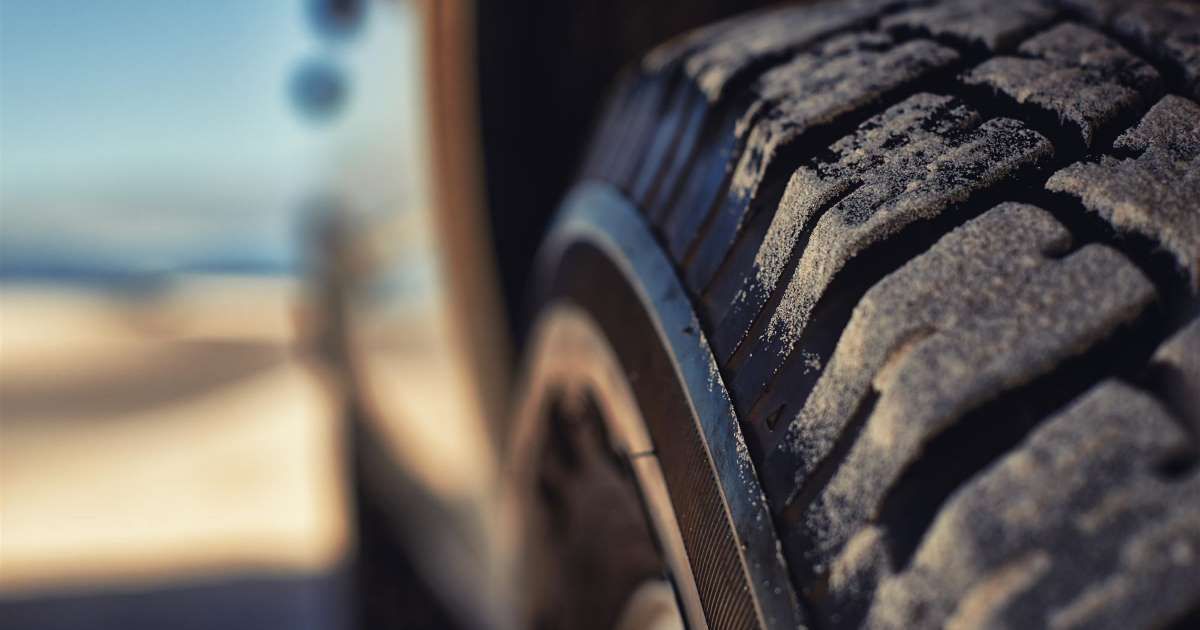 Up to 60 thousand tons of such waste is generated in Moscow every year. The problem of disposal of used tires is exacerbated by the lack of an organized collection. Nevertheless, the government of the country nevertheless took the first step towards the civilized management of this group of waste. Since January 1, 2019, tire dumping has been officially banned in Russia. As early as 2003, a number of EU countries introduced a ban on burying whole tires, and in 2006, cut them into pieces. The European Union is looking for various opportunities for the systemic recycling of tires. Tire manufacturers not only included the corresponding costs in the cost of a new product, but also took on part of the costs of recycling old tires. The collected funds go to a special fund that subsidizes processing enterprises and creates waste collection points.
Up to 60 thousand tons of such waste is generated in Moscow every year. The problem of disposal of used tires is exacerbated by the lack of an organized collection. Nevertheless, the government of the country nevertheless took the first step towards the civilized management of this group of waste. Since January 1, 2019, tire dumping has been officially banned in Russia. As early as 2003, a number of EU countries introduced a ban on burying whole tires, and in 2006, cut them into pieces. The European Union is looking for various opportunities for the systemic recycling of tires. Tire manufacturers not only included the corresponding costs in the cost of a new product, but also took on part of the costs of recycling old tires. The collected funds go to a special fund that subsidizes processing enterprises and creates waste collection points.
A system similar to the European one also works in the USA. There are financial guarantees for recyclers in the country through taxes, and all participants in the recycling market have compulsory licenses.
But the Japanese pay for the disposal of tires out of their own pocket. The country today has a law on waste recycling, according to which every citizen is obliged to personally deliver used tires to collection points.
Of course, there are also negative examples. In Spain, not far from Madrid, in 2016, a landfill almost 12 hectares in size burned for several weeks. The tires on it have been accumulating since 90-s. For more than 20 years, the company that owns the land has not been able to obtain a license to dispose of them. The authorities took up the problem when it turned out that more than 5 million tires had accumulated at the landfill.
Today, one of the largest car tire dumps in the world, Sulabiya, is located in Kuwait, not far from the capital Kuwait City. Sulabiya is visible even from space. The cemetery of old tires covers an area of 60 hectares, and the volume of tires accumulated there is not exactly known.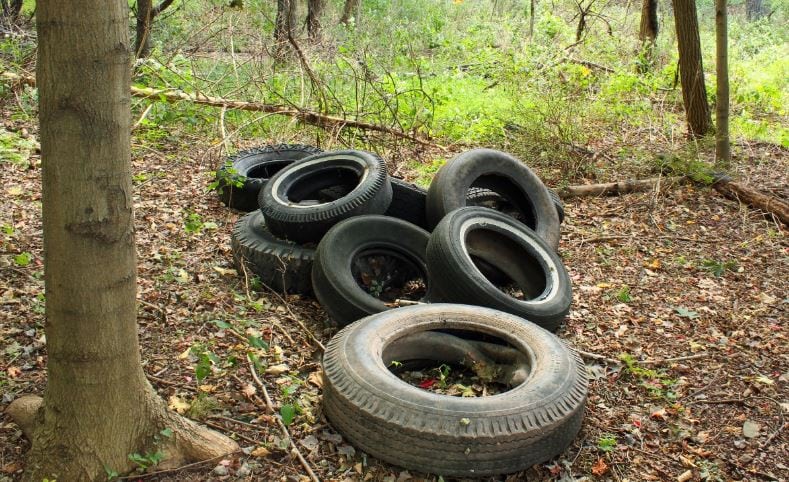 Rubber continues to be brought here, despite the ban of local authorities.
Rubber continues to be brought here, despite the ban of local authorities.
Why is tire dumping damaging both the environment and the economy? Tire landfills occupy huge areas; they are flammable; End-of-life car tires pollute the soil and groundwater, decomposing in the ground for more than 100 years. In addition, in regions with a hot climate, in places where they accumulate, rodents and insects that carry various diseases live and breed, says Konstantin Ivanov, professor at the Moscow State Engineering University.
“Of course, the elimination of waste tire dumps will make it possible to free up significant areas of land occupied by them for their intended use. But the problem is of great ecological and economic importance for all developed countries of the world. Today, the irreplaceability of natural oil raw materials dictates the need to use secondary resources with maximum efficiency,” he says.
In a number of countries, combustible gas released during the heat treatment of tires is used for space heating. Liquid pyrolysis products are used in the production of plastics, and crushed rubber particles become raw materials for asphalt bitumen.
Liquid pyrolysis products are used in the production of plastics, and crushed rubber particles become raw materials for asphalt bitumen.
Since 2013, the Fund for Environmental Management with the support of the Ministry of Ecology and Nature Management of the Moscow Region has been implementing the Tire program. It is part of the separate waste collection system created by the government of the Moscow region.
“In 2018, activists of the movement collected and disposed of 7.9 thousand tons of used tires. This means that every 11th car owner of the Moscow region has contributed to the preservation of the region's ecology and handed over tires for recycling, ”the traffic message says.
One of the main objectives of the project, in addition to identifying unauthorized tire dumps, is to involve service centers and tire shops in the program to receive scrap tires from the public free of charge.
Indeed, tires can be recycled and find a second life: they will become part of roofing materials or bituminous mastics, become a drip irrigation system or rubber crumb in the surfaces of children's and sports grounds. Rubber asphalt is almost three times more wear-resistant than traditional asphalt and has better consumer characteristics: less slippery in rainy weather, does not melt in the heat as usual, and reduces road noise.
Rubber asphalt is almost three times more wear-resistant than traditional asphalt and has better consumer characteristics: less slippery in rainy weather, does not melt in the heat as usual, and reduces road noise.
Today, in cities with active development of districts, developers necessarily provide a playground. The pace of modern construction may become a prerequisite for launching our own workshop for the production of coatings for street children's complexes, and this niche has not yet been completely filled, says Ivan Avdotiev, director of a rubber crumb coating manufacturing company.
“In Krasnoyarsk, we were among the first to start making rubber flooring for playgrounds. And it quickly became popular. Previously, children's knees and elbows suffered greatly on sites rolled up in asphalt, says Avdotiev. - In fact, there is nothing complicated in production, we just grind old tires, but it is necessary to control the process at all stages.